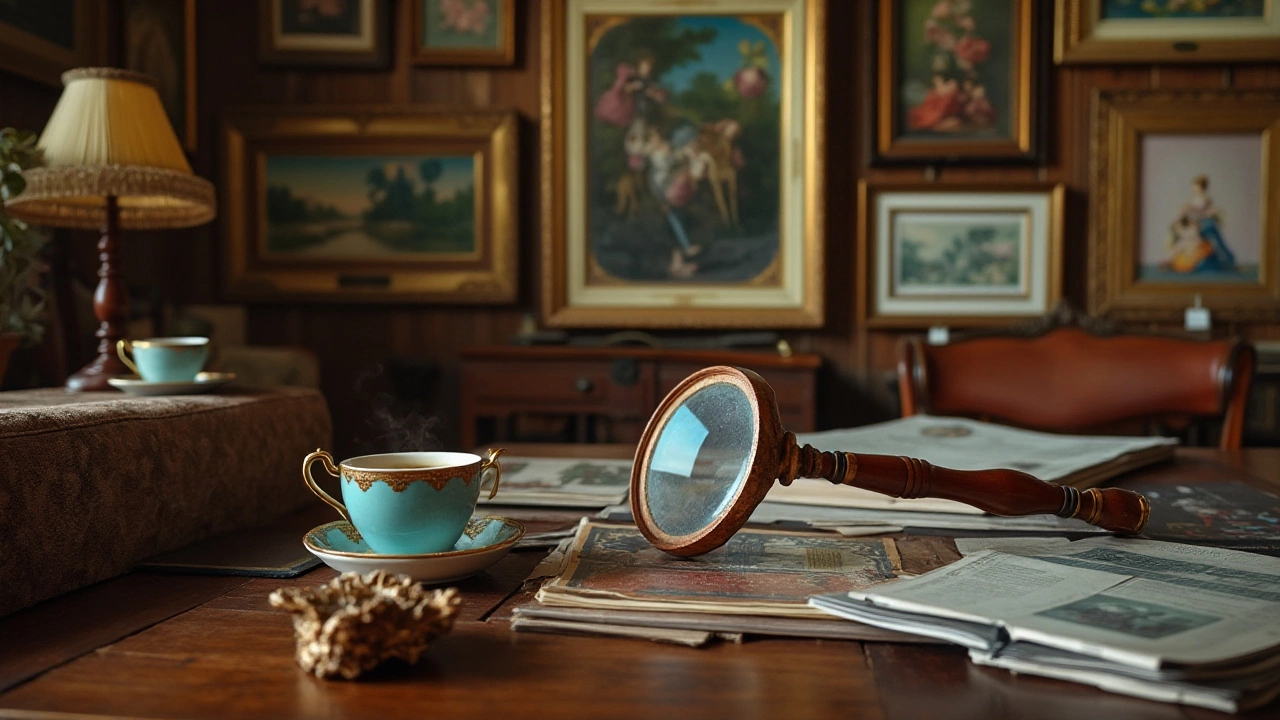Value of Prints – What Makes a Print Worth Money?
If you’ve just bought a print or inherited a stack of them, you probably wonder: how much are they really worth? The answer isn’t a single number. It depends on a few clear factors that you can check yourself before calling a dealer.
Key Factors That Drive Print Prices
Artist reputation. A print by a well‑known artist will fetch more than a work by an unknown name. Look up recent auction results for the same artist to get a baseline.
Edition size. Limited editions (usually 50‑200 copies) are more valuable than open‑edition runs that could be printed forever. The smaller the edition, the higher the price, especially if it’s a first edition.
Authentication. Authentic prints carry a certificate of authenticity (COA) from the artist’s studio or a reputable gallery. Without a COA, buyers will discount the price heavily.
Condition. Scratches, stains, or faded colors drop the value fast. Keep the print flat, away from sunlight, and store it in a protective sleeve.
Signed vs. unsigned. A hand‑signed signature, or even a printed signature on the edition sheet, adds credibility. Signed prints often command a premium.
Print type. Giclee prints, which use high‑resolution inkjet technology on archival paper, are considered higher quality than cheap screen prints. If the label says “giclee,” it’s usually worth more.
Provenance. A clear ownership history—like a note that it came from the artist’s studio—boosts confidence and price.
Practical Steps to Get an Accurate Valuation
1. Check the edition details. Look for a line that reads something like “1/75” or “25/200.” If you can’t find it, the print might be an open edition.
2. Verify the COA. If the print came with paperwork, scan it. If not, contact the artist’s studio or a reputable gallery for confirmation.
3. Research recent sales. Use auction sites, gallery listings, or online marketplaces to see what similar prints have sold for in the last 12 months.
4. Assess condition yourself. Hold the print up to light and examine the surface. Any cracks, dirt, or fading should be noted; you can mention these when you get a professional appraisal.
5. Ask an expert. If you’re still unsure, reach out to a certified appraiser or a trusted art dealer. Many will give a free preliminary opinion based on photos.
6. Consider where you’ll sell. Private sales, gallery consignment, and online auctions each have different fee structures. Factor those costs into your final price.
By walking through these steps, you’ll have a realistic picture of what your print could fetch. Remember, the market can swing—trending artists may rise quickly, while others stay steady. Keep your information up to date and stay honest about the condition. That way you’ll avoid surprises when you finally place the print on the market.
Bottom line: the value of prints isn’t a mystery. It’s a mix of who made it, how many were made, how it’s documented, and how well it’s been cared for. Check those boxes, do a quick market scan, and you’ll know whether your print is a cheap wall décor or a solid investment.

13 Dec 2024
Art prints can be a delightful addition to any collection, offering beauty and potential value. Discovering if a print is valuable can be influenced by various factors, including its rarity, artist, condition, and provenance. Understanding how to identify these elements can help determine a print's worth. With knowledge and careful inspection, you can uncover hidden gems and make informed collecting decisions.
Continue reading...
